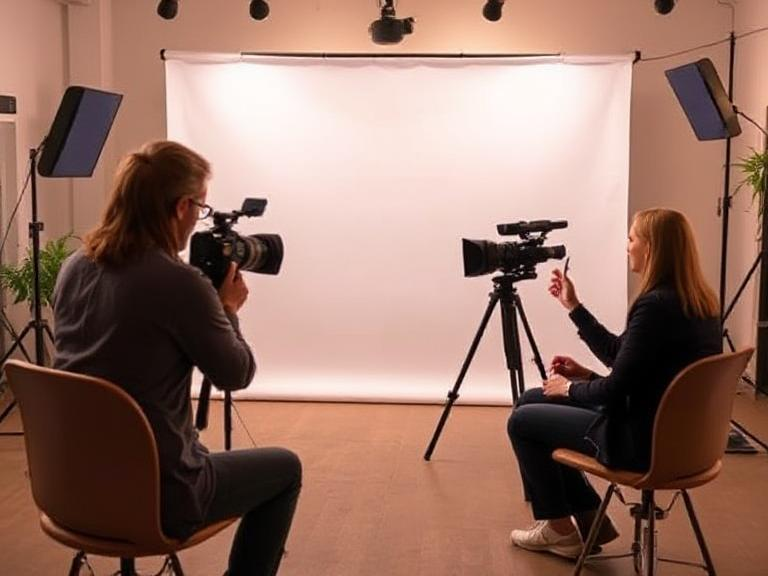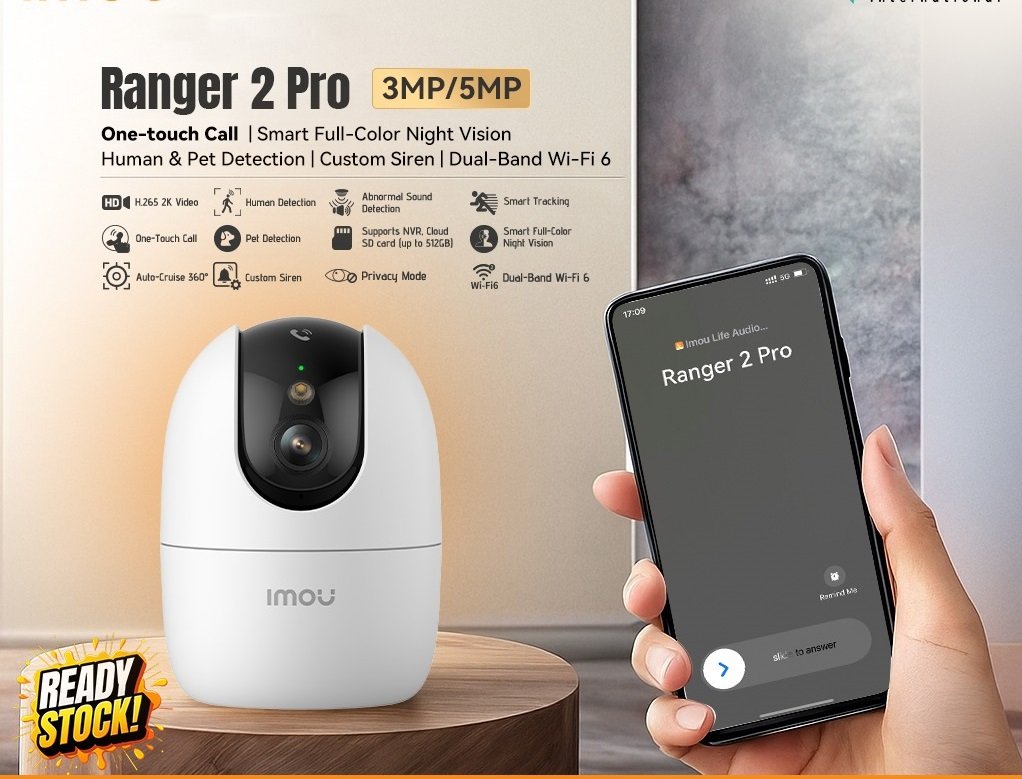In today’s media-driven world, executives are often the face of their companies. Whether it’s a press conference, a TV interview, or a podcast, executives are regularly called upon to speak on behalf of their organizations. However, not everyone is naturally skilled at communicating under pressure, especially in front of a camera or microphone.
Effective media training can help executives sharpen their skills, gain confidence, and ensure they present their company in the best possible light. In this article, we’ll explore the key aspects of media training for executives and how to make every interview count.
1. The Importance of Media Training for Executives
When executives engage with the media, they are not just answering questions—they are representing their company’s brand, vision, and values. A poorly handled interview can lead to misunderstandings, negative press, or damage to the brand’s reputation. On the other hand, a well-executed interview can build credibility, attract positive attention, and enhance the organization’s public image.
Media training helps executives:
- Improve communication skills.
- Prepare for difficult questions.
- Control the narrative.
- Build confidence when speaking with reporters or appearing on camera.
Media training is an essential investment for any executive looking to take charge of their public persona and represent their company effectively.
2. Preparing for the Interview: Key Message Development
The foundation of any great interview is a clear and concise set of key messages. Before stepping in front of a camera or microphone, executives should have a solid understanding of what they want to convey and the main points they want to highlight. This preparation helps ensure that the executive remains on topic and communicates effectively, no matter what questions come their way.
Steps to Develop Key Messages:
- Identify Your Core Message: What do you want your audience to remember after the interview? This should be the central message that all other points support.
- Support with Facts and Data: Back up your message with relevant facts, statistics, or anecdotes. This adds credibility to your points.
- Anticipate Difficult Questions: Think about potential challenges or tricky questions reporters might ask and prepare responses in advance. Having a strategy for handling difficult questions is essential.
By developing key messages, executives can steer the conversation toward their main talking points and ensure the interview is focused and effective.
3. Media Training Techniques for Executives
There are several techniques executives can use to enhance their media interview skills. These strategies help ensure that they remain calm, composed, and on-message, even when under pressure.
Techniques for Effective Communication:
- The Bridging Technique: If asked a difficult or off-topic question, the bridging technique allows you to redirect the conversation back to your key messages. For example, if a reporter asks about a crisis, you can acknowledge the issue briefly and then transition to talking about how your company is working to resolve it.
- The Rule of Three: This is a simple but powerful technique to help you focus on delivering your main points clearly. Keep your answers to three main points to ensure the message is memorable and impactful.
- The Pause: When faced with a tough question, don’t be afraid to pause for a moment to collect your thoughts. A thoughtful response is always better than a rushed one.
Media training teaches executives how to use these techniques effectively, ensuring they remain in control of the conversation and present themselves and their company in the best light possible.
4. Handling Difficult Questions and Crisis Situations
No matter how well prepared you are, there will always be moments during an interview when difficult or uncomfortable questions arise. These could include questions about a crisis, a mistake made by the company, or controversial topics. The way an executive handles these moments can make or break their public image.
Tips for Managing Tough Questions:
- Stay Calm and Composed: It’s important not to let emotions take over. Stay calm and focused on delivering your message.
- Acknowledge the Issue, Then Move On: Acknowledge the issue or concern briefly, but quickly pivot to your main points. This allows you to control the narrative and focus on what you want the audience to hear.
- Don’t Speculate: If a question is about a future event or outcome that you don’t have the answer to, avoid speculating. Instead, offer what you know and express a commitment to providing updates when more information is available.
By preparing for difficult questions, executives can navigate challenging situations with confidence and authority.
5. Body Language and Non-Verbal Communication
Media interviews are not just about what executives say; they’re also about how they say it. Non-verbal communication plays a significant role in conveying confidence, trustworthiness, and authority. Executives should be mindful of their body language, facial expressions, and posture during interviews.
Key Tips for Effective Body Language:
- Maintain Eye Contact: This conveys confidence and engagement with your audience.
- Good Posture: Sit or stand up straight to project authority and confidence.
- Hand Gestures: Use hand gestures to emphasize key points, but avoid excessive movements that could be distracting.
- Smile: A genuine smile can make you appear approachable and trustworthy.
Media training helps executives become aware of their body language and how it impacts the overall message they are delivering.
6. Building Confidence for On-Camera Interviews
Being on camera can be intimidating, even for the most experienced executives. However, confidence is key to delivering a strong performance during interviews. Media training helps executives build the confidence needed to appear poised and composed on camera.
Tips for On-Camera Confidence:
- Practice, Practice, Practice: The more you practice, the more comfortable you’ll become with the process. Conduct mock interviews to simulate real-life situations and gain confidence.
- Watch Yourself: Review footage of your past interviews to identify areas for improvement. Watching yourself can help you adjust your delivery and body language.
- Remember the Audience: Keep in mind that you are speaking to an audience, not just the interviewer. Speak clearly and engage with the viewers through the camera.
With practice and the right mindset, executives can boost their confidence and deliver successful on-camera interviews.
Conclusion
Nyc public relations firm training is an essential investment for executives who want to make the most of every interview opportunity. By developing key messages, mastering effective communication techniques, handling difficult questions, and projecting confidence through body language, executives can ensure that their media engagements reflect positively on themselves and their organizations.
Whether you’re preparing for a one-on-one interview or a major broadcast appearance, media training can help you shine under the spotlight and make a lasting impact.
For more information on media training and PR strategies, click here ………












Leave a Reply